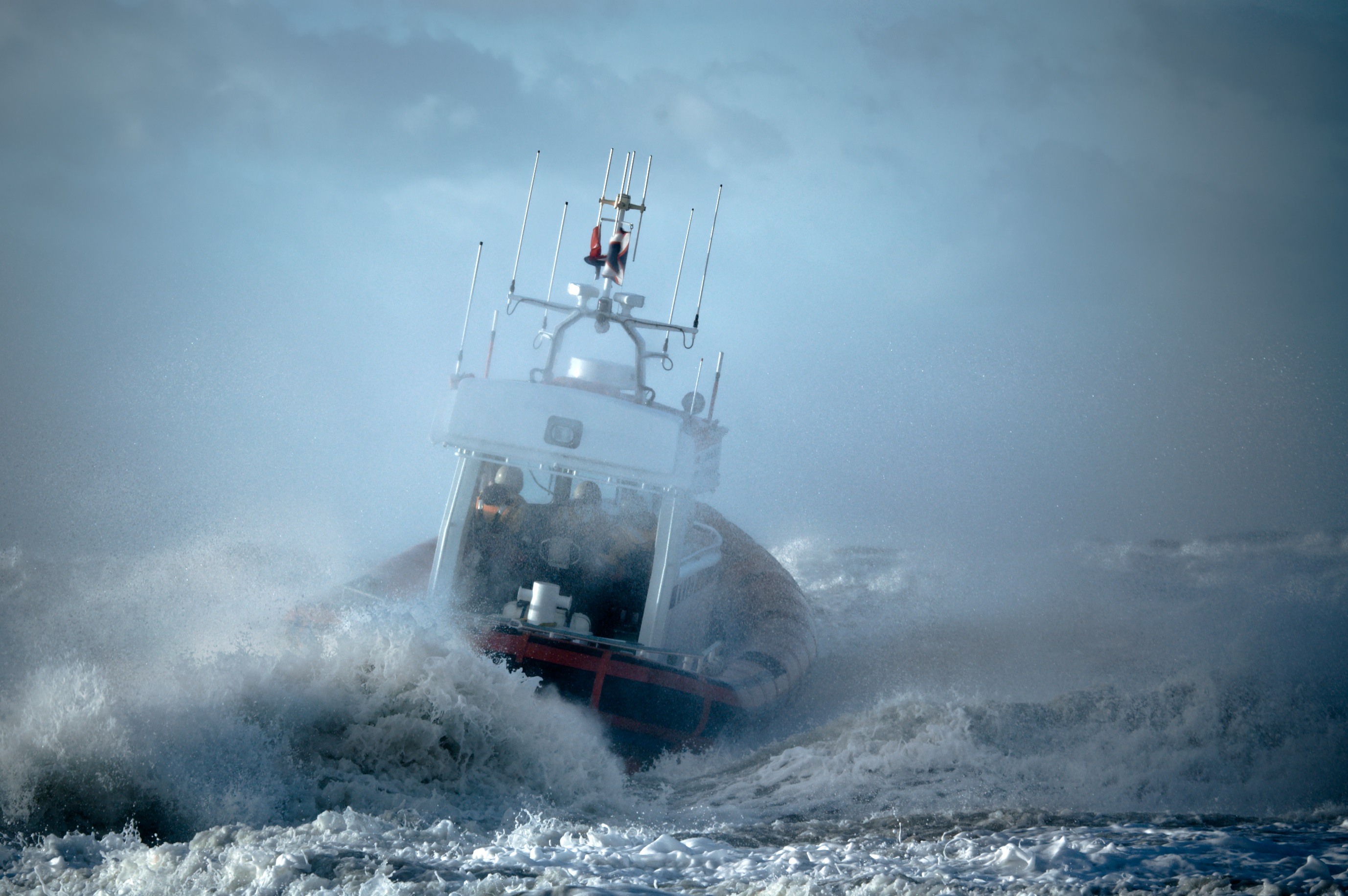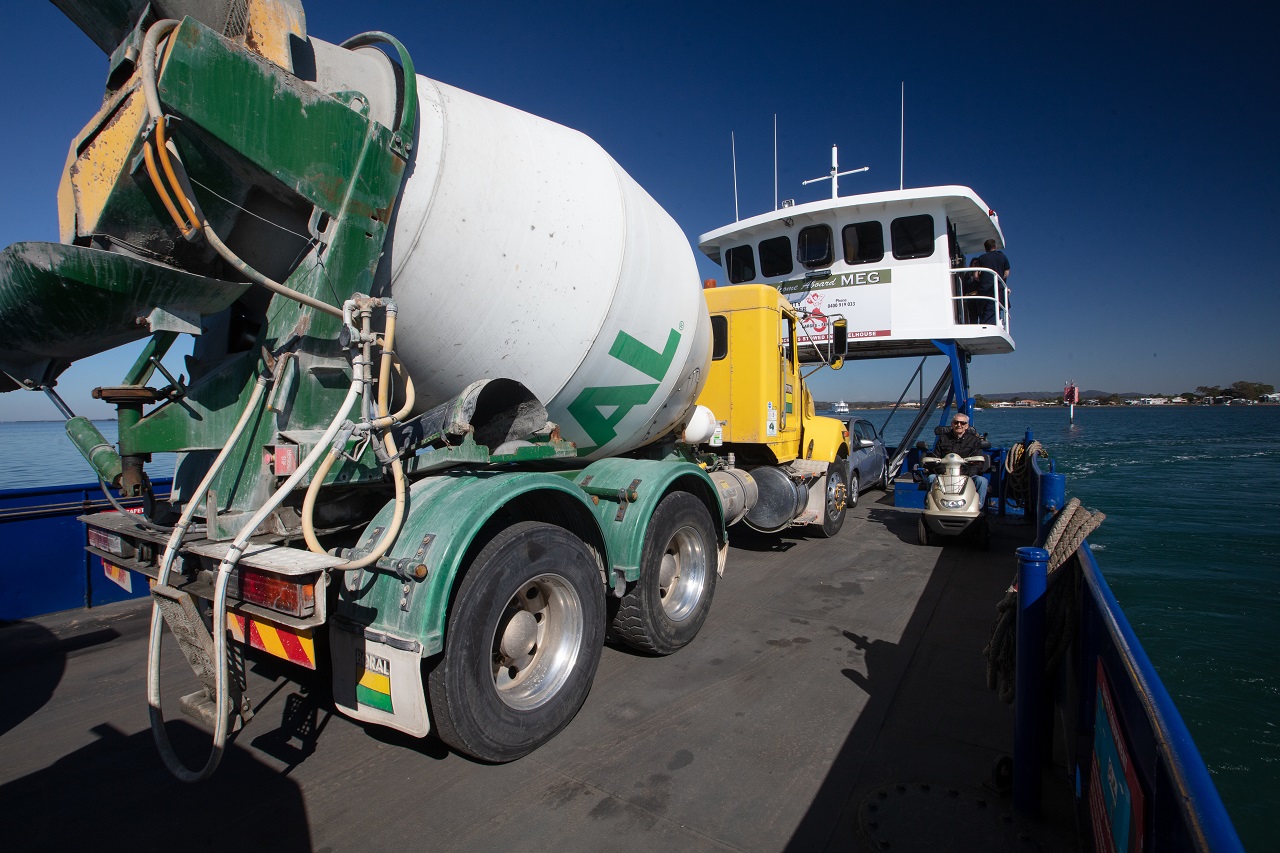Why we need a new standard
The requirements for watertight and weathertight integrity for domestic commercial vessels are currently spread across three technical standards contained in the Uniform Shipping Laws (USL) Code which were developed more than 40 years ago.
Section C2 is a long outstanding section of the NSCV.
We are updating the requirements to align with current technology and international standards and best practice.
Changes to the current USL Code standards will help us manage safety risks.
A number of fatal and serious incidents over the last 40 years have highlighted the need for change.

watertight and weathertight components for example hatches, doors, through-hull fittings
rapid drainage of water from decks
reserve buoyancy
not overloading
Purpose of the new freeboard mark
Recent incidents involving domestic commercial vessels highlight the dangers of overloading.

In one example, a landing barge capsized.
The vessel was overloaded and the master was not provided with accurate information about safe loading.
The original maximum displacement was 64.4 tonne, however post incident, its displacement was estimated to be 91.0 tonne. There were also watertight issues associated with the vessel’s main deck hatches that may have contributed to the incident.
Increases in loading conditions impact on the stability of the vessel, and create a significant risk of capsize or foundering. The proposed NSCV C2 includes a new freeboard mark for vessels that do not have a load line mark. This will provide the master and crew with reliable visual loading information, including checking for overloading prior to departure and again on arrival.
The freeboard mark will also assist the owner and master to track any ‘creep’ in displacement from modifications or additional equipment, and provide a point of reference for surveyors in verifying freeboards against the stability documents.
track any ‘creep’ in displacement from modifications or additional equipment
provide a point of reference for surveyors in verifying freeboards against the stability documents.